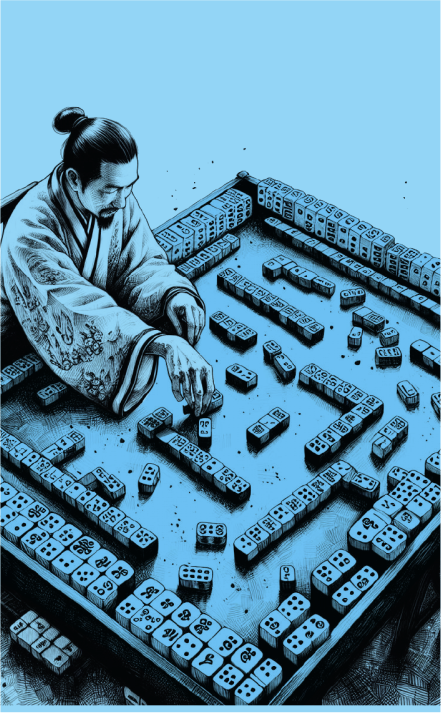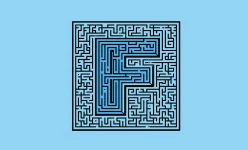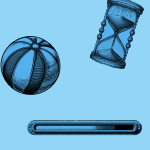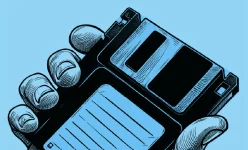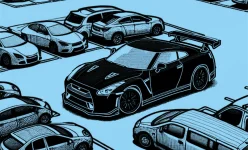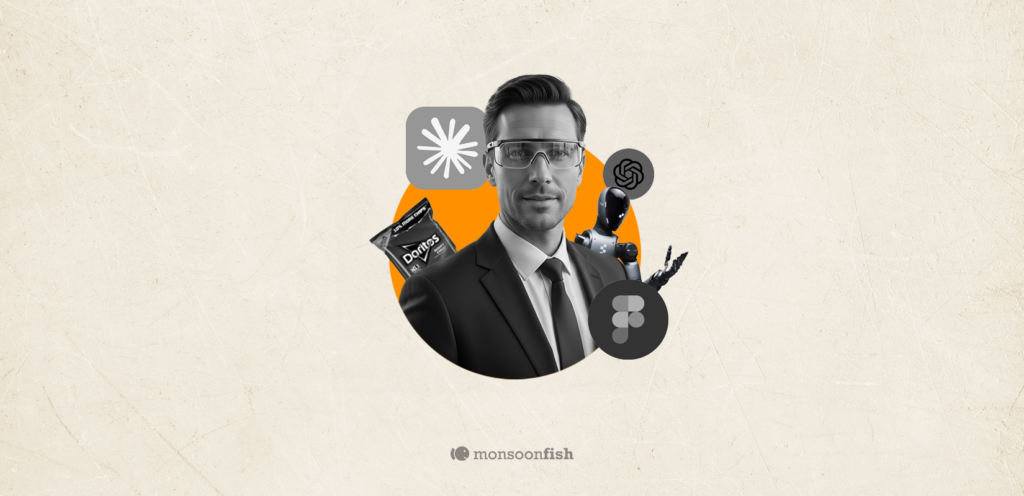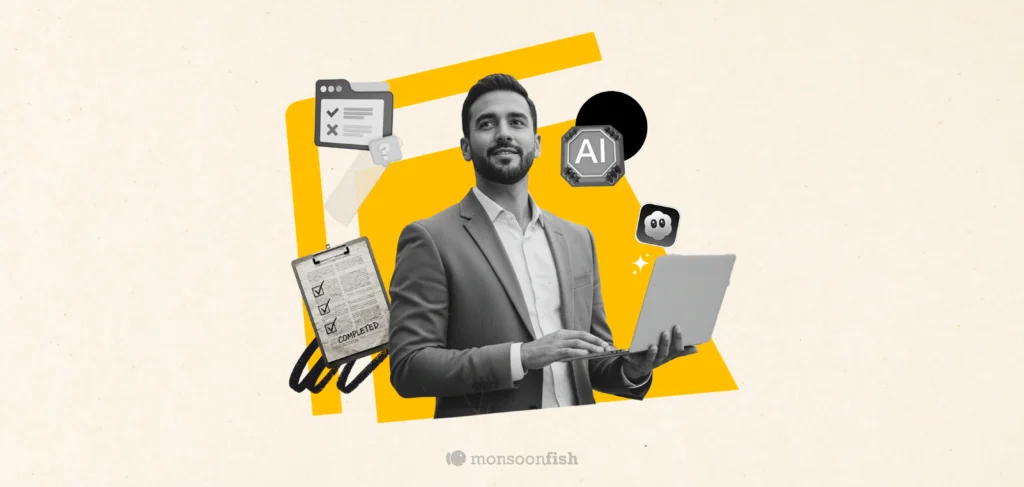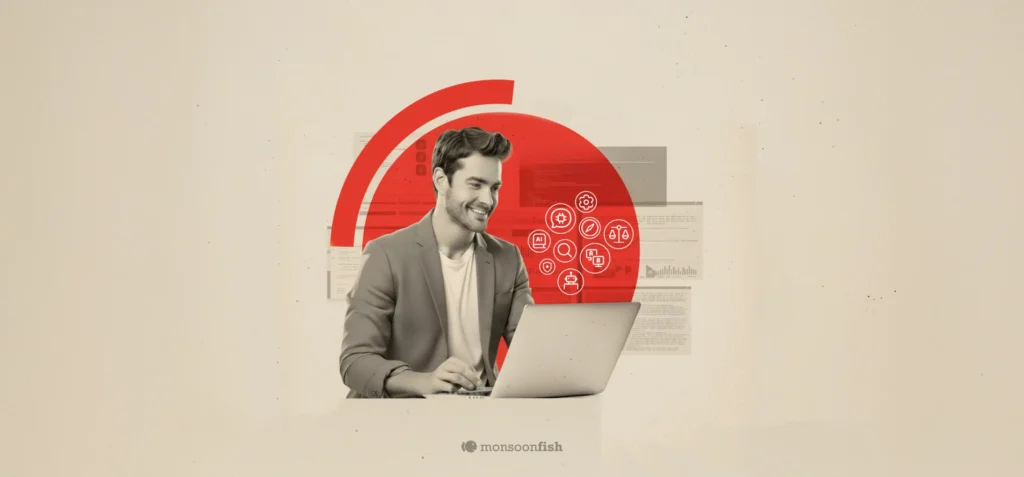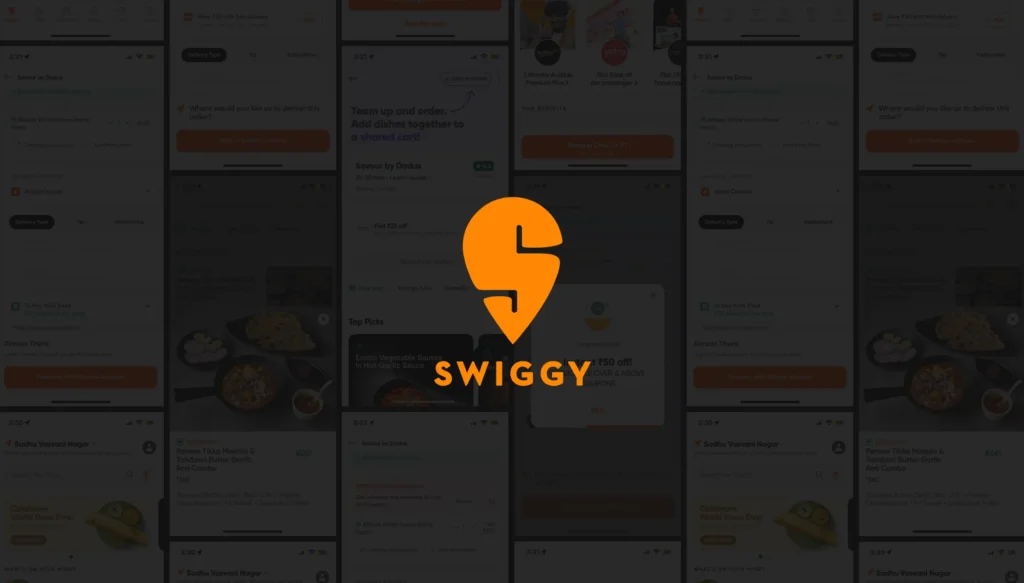Miller's Law
Use chunking to organize content into smaller clusters, making it easier for users to process, understand, and remember.

Miller’s Law
A young architect named Rhia was excited to launch her new interior design firm in her hometown. Her first big project was to renovate a local library, transforming it into a modern, welcoming space.
Eager to impress, Rhia presented her ideas to the library committee using an elaborate blueprint filled with intricate details—every section meticulously labeled with colors, furniture options, lighting plans, and decor themes. She was confident they’d love it.
But as Rhia spoke, she noticed confused faces. Committee members kept flipping through the plans, struggling to keep up with the flood of information. Some looked overwhelmed, while others asked her to repeat details she had already covered.
Feeling disappointed, Rhia sought advice from her mentor, Ms. Kapoor, a seasoned architect. He smiled and said, “Priya, people can only absorb so much at once. Instead of showing them everything at once, break it down into smaller sections. Make it easier for them to understand step by step.”
Taking her mentor’s advice, Rhia simplified her presentation. She divided the library into three key zones—Reading, Research, and Relaxation. Within each, she highlighted just a few essential features. The next time she presented, the committee members were engaged, nodding along and asking thoughtful questions. They easily grasped her vision, and the project moved forward smoothly.
Rhia learned that when information is presented in smaller, digestible chunks, people find it easier to process, remember, and act upon.
Miller’s Law tells us that an average person can hold around seven items in their working memory at a time. By breaking down information into smaller, meaningful clusters, we can help users process and retain details more effectively. Whether designing a user experience, planning a project, or presenting ideas, organizing information in chunks leads to better understanding and decision-making. Less confusion means more clarity and action.
Contents
CATEGORIES
